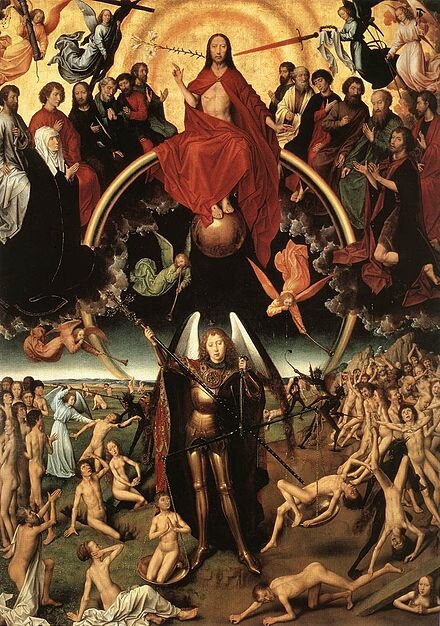An Early Music Monday post for Easter Monday - have you ever noticed how many of the songs used in religious liturgies have Renaissance or Baroque origins? Or aren’t actually sacred at all? This is one of those, and my personal favorite of all the hymns for Easter.
From Mark Dwyer, Organist and Choirmaster:
VRUECHTEN is originally a seventeenth-century Dutch folk tune for the love song "De liefde Voortgebracht." It became a hymn tune in Joachim Oudaen's David's Psalmen (1685) as a setting for "Hoe groot de vruechten zijn." The tune is distinguished by the rising sequences in the refrain, which provide a fitting word painting for "arisen." Sung with athletic enthusiasm by the congregation of The Church of the Advent, the organist provides an improvisation as the altar is censed at the Offertory of the First Mass of Easter.


